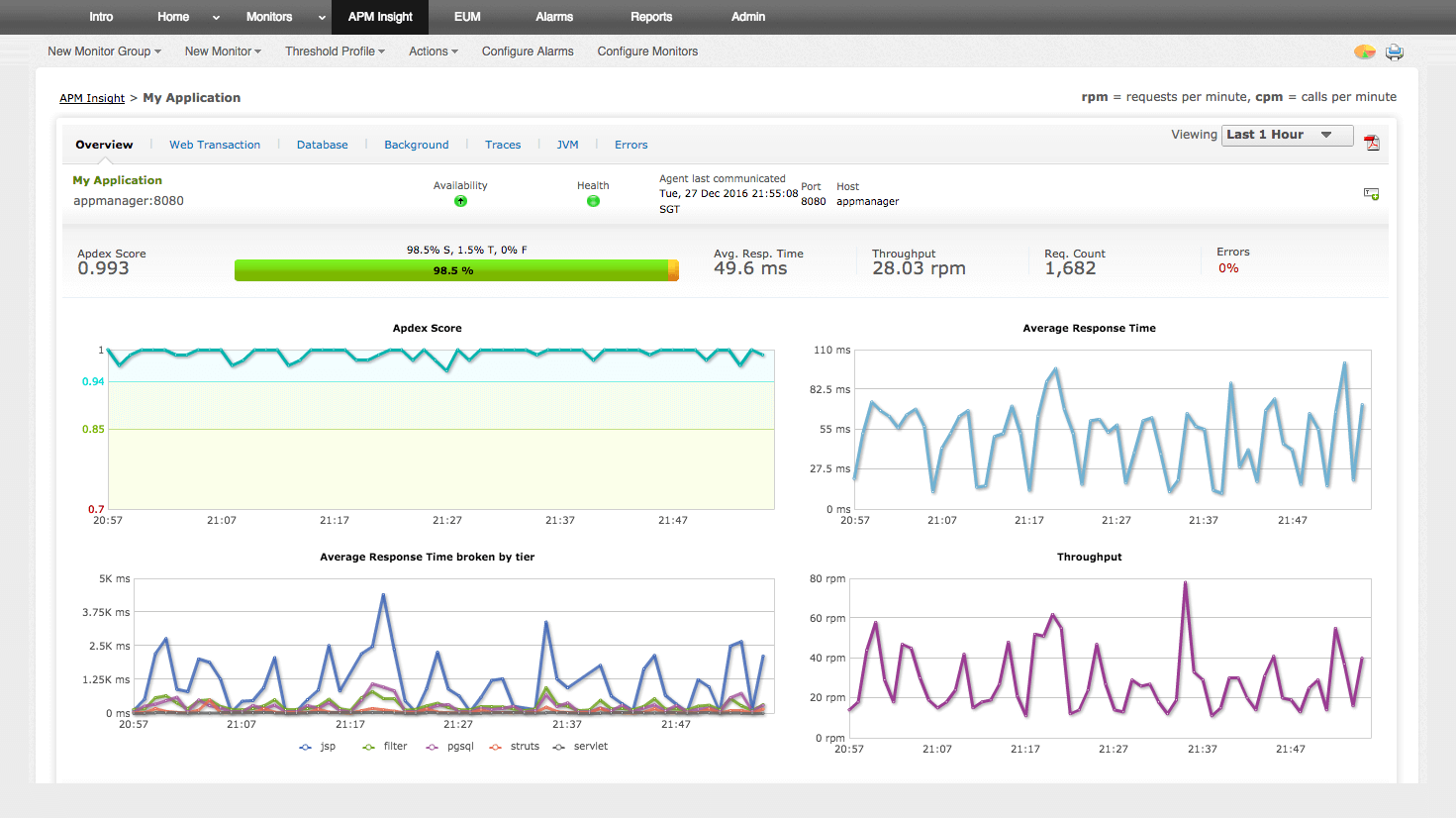

The main configuration file of Monit is located at /etc/nf under (RedHat/CentOS/Fedora) and /etc/monit/monitrc file for (Ubuntu/Debian/Linux Mint) then, uncomment the following section under nf or monitrc file and add the IP address or domain name of your server, allow anyone to connect and change Monit user and password or you can use default ones. The benefits of log file monitoring include: Monitor log data for any particular event or pattern Identify errors for any failure Improved. The log file monitor tracks errors in logs generated from applications on Windows and Linux servers. Open port 2812 from master(Monit) to all client servers and vice versa. Analyzing and tracking issues in a log file during emergencies can be a challenge for administrators. Monit has a web interface that runs on port 2812 using a web server.
#MONIT LOG FILE MONITORING INSTALL#
For Ubuntu/Debian/Linux Mint users can easily install using the apt-get command as shown. Once you’ve added the epel repository, install the package by running the following yum command. Monit Installation On Client Serversīy default, the Monit tool is not available from the system base repositories, you need to add and enable a third-party epel repository to install the Monit package under your RHEL/CentOS systems. Start the Monit by using the below command: Open the terminal/console to install the monit on Linux and download the zip package

Monit installation On Monit Master Collectorįollow the steps to download monit on the master collector: Installation of Monit agent on the clientġ.Linux Log Files Use Log Server to monitor Linux log files and gain valuable insight to network activity, change control, and security threats. Use the built-in configuration wizards to quickly begin monitoring log files on all of your servers in your infrastructure. Monit installation On Monit Master Collector Log Server can be used to monitor nearly any type of log file on a given network.It has alerts about any critical issues for the recovery status. Monit has its own log file for verifying the services. By using Monit, we will be able to monitor remote hosts’ TCP/IP port, server protocols, and ping. Munin-node: It is a client node which collects the data from the system (proc and other log files) as specified by its plugins when ever munin (server-node). We can use Monit to monitor files, directories, and filesystems for changes. log file Set the location of monit.state fsile Define the mail alert basic configuration Define the e-mail format Set the interface port (11000). Monit has a user-friendly web interface where you can directly view the system status and set up the processes. It does automatic maintenance and repair and can execute meaningful actions in an error situation, like starting a process if it is not running, restarting a process if not responding, and stopping the process if it uses high resources. Monit tool is a free and open-source tool to manage and monitor the UNIX systems. Monit installation and configuration on Linux/Unix Introduction


 0 kommentar(er)
0 kommentar(er)
